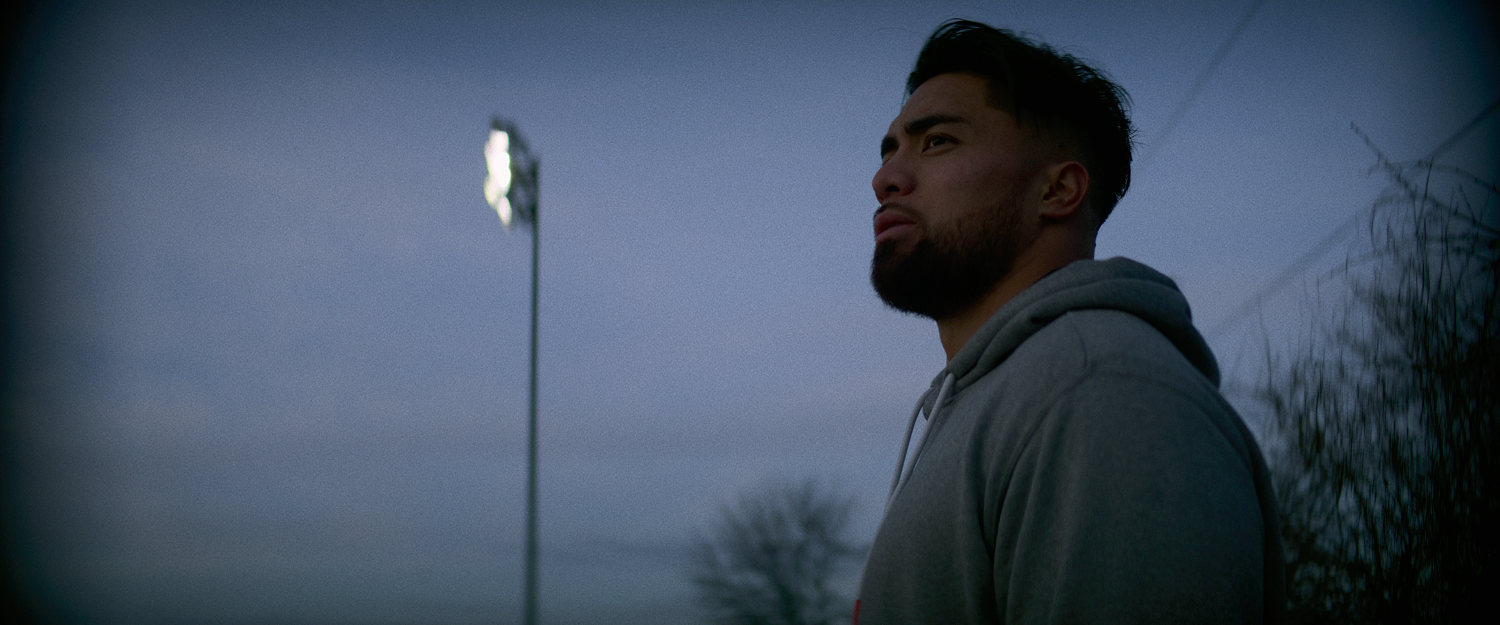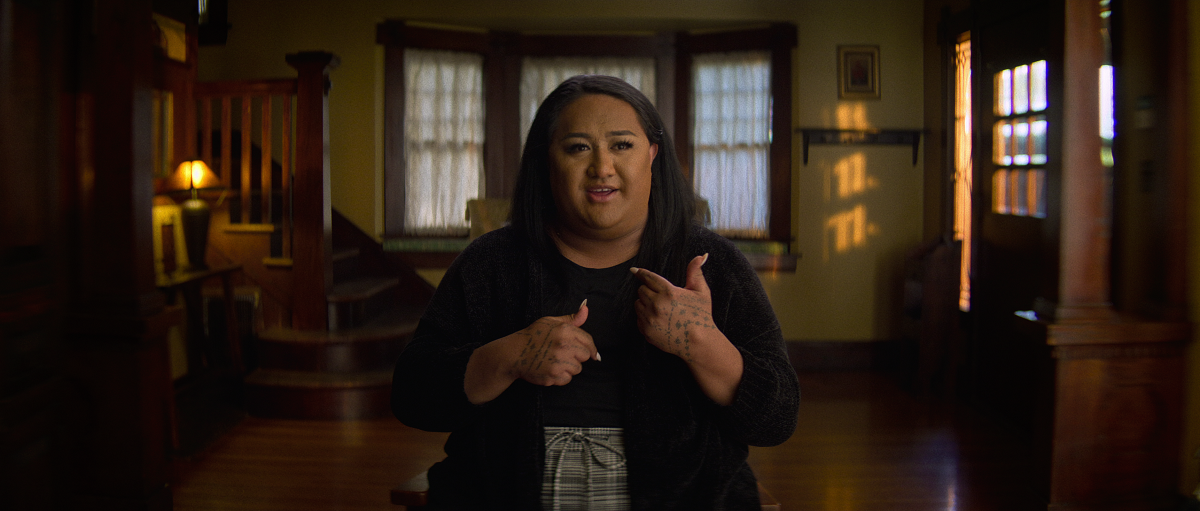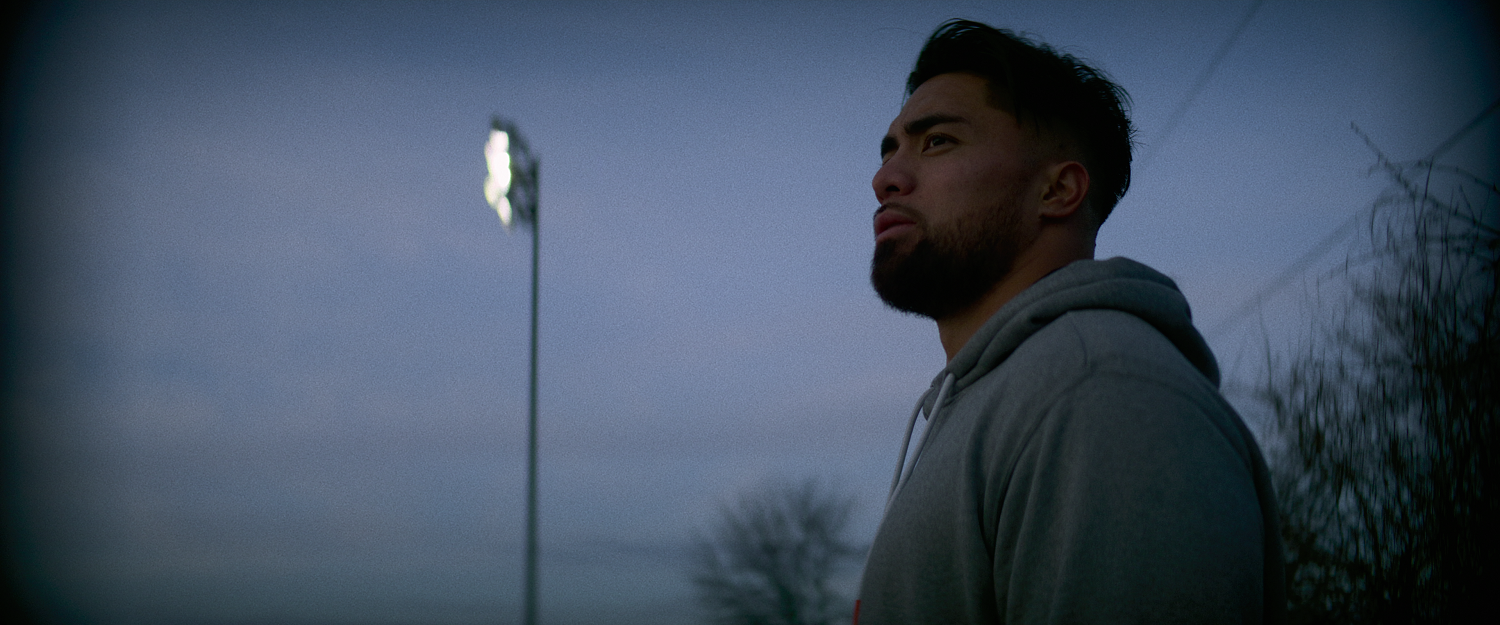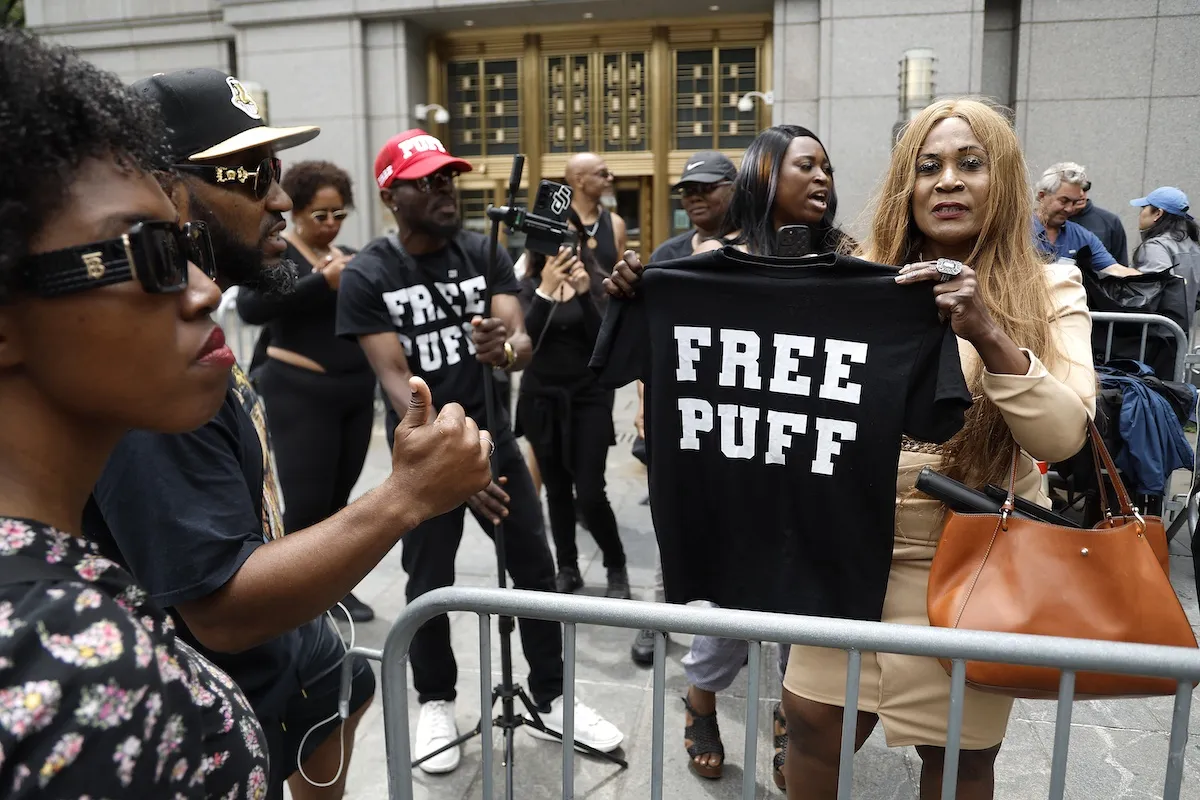
‘Untold: The Girlfriend Who Didn’t Exist’: Whose Photos Were Used to Catfish Manti Te’o?
Untold: The Girlfriend Who Didn’t Exist, a Netflix original, brought one of the biggest stories of 2013 back into the collective conscious. The catfishing scandal, involving then-college football star Manti Te’o and a woman who never existed, overshadowed Te’o’s storybook college football career. Nearly a decade later, people just learning about the story want to know how the catfish pulled off the scheme. We’ve got the answers.
What was the real identity of Manti Te’o’s online girlfriend?
At the tail end of his college career, Manti Te’o was busy dedicating his football season to a love he believed died of leukemia. The story was a tragic one. Te’o was looked at as someone who was triumphing over tragedy, but there was one problem. The girl that Te’o said died didn’t. Lennay Kekua never existed.

Behind the fictitious internet profiles was Naya Tuiasosopo. Tuiasosopo, a transgender woman, had not yet transitioned when she created her online persona and began chatting with Te’o through Facebook. Eventually, the duo became romantically involved, although they never met. Tuiasosopo ended the relationship by faking Lennay’s death. How did she pull it off, though? Simply by using someone else’s photos.
Naya Tuiasosopo used pictures of an old friend to trick Manti Te’o
Back in 2013, the catfishing scandal had the internet divided. Some people believed Te’o was deeply involved in the catfishing scandal. They argued Te’o created the hoax himself. Others felt the college football star was the innocent victim of a cruel internet jokester. Still, others thought the truth lay somewhere in the middle. Regardless, everyone wanted to know exactly where the photos came from.

While Manti Te’o’s girlfriend wasn’t a real person, the woman in the photos was. The photos belonged to Diane O’Meara, an acquaintance of Te’o’s catfish. According to a 2013 interview with Anderson Cooper, O’Meara revealed that Tuiasosopo asked her to send a photo of herself under the guise of helping to raise their cousin’s spirits.
O’Meara told Cooper that Tuiasosopo claimed the fictitious cousin was awaiting brain surgery. Tuiasosopo was to use the infamous picture in a support slideshow. All other photos that Tuiasosopo used of O’Meara were lifted from her social media profiles without her knowledge or consent. O’Meara was unaware of the situation until Deadspin broke the no infamous story.
How common is ‘catfishing’?
Manti Te’o is among the first big catfishing stories to hit the mainstream media. More followed. Meri Brown from Sister Wives found herself embroiled in a catfishing scandal, too. It played out in front of national audiences, just like Te’o’s embarrassing moment. How common is catfishing really, though?
Max Joseph and Nev Schulman premiered the reality TV series, Catfish, in 2012. Since then, the filmmakers have helped dozens of people determine whether their online paramour is real or fake. Joseph and Schulman discussed the phenomenon in 2018 with Fox News. They both agreed that catfishing appears to have gotten more common rather than less common. The FBI’s data shores up that statement. According to the FBI, about 15,000 people reported romance fraud in 2017. In 2018 that number ballooned to 18,000. Those reports often include the exchange of money and goods. Many more incidents probably go unreported.


